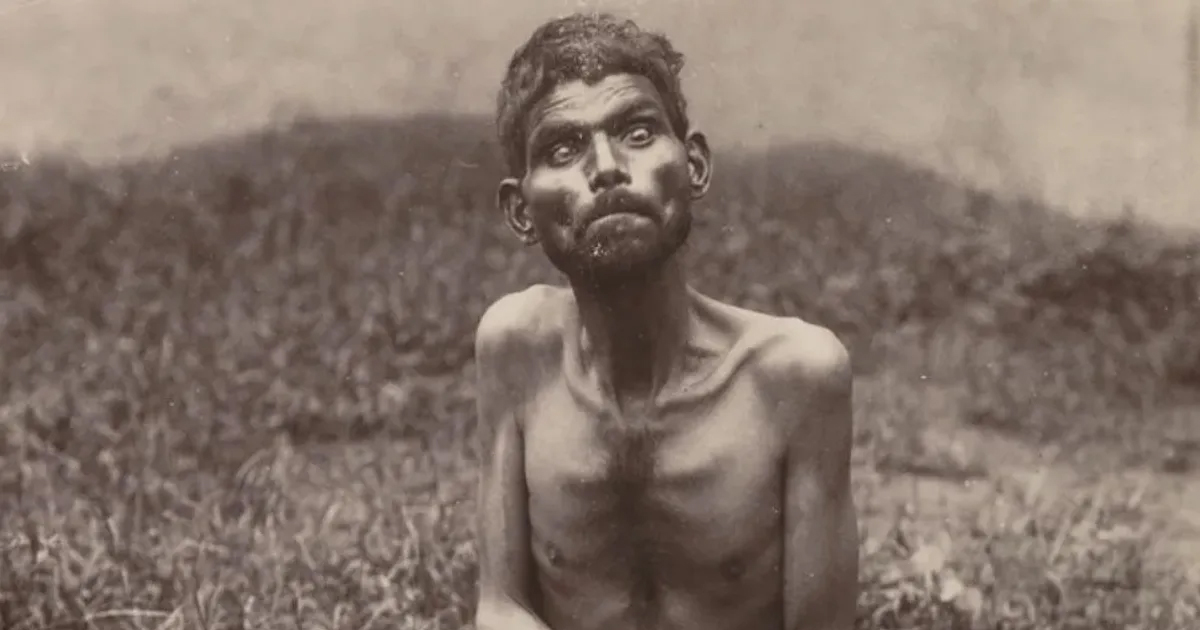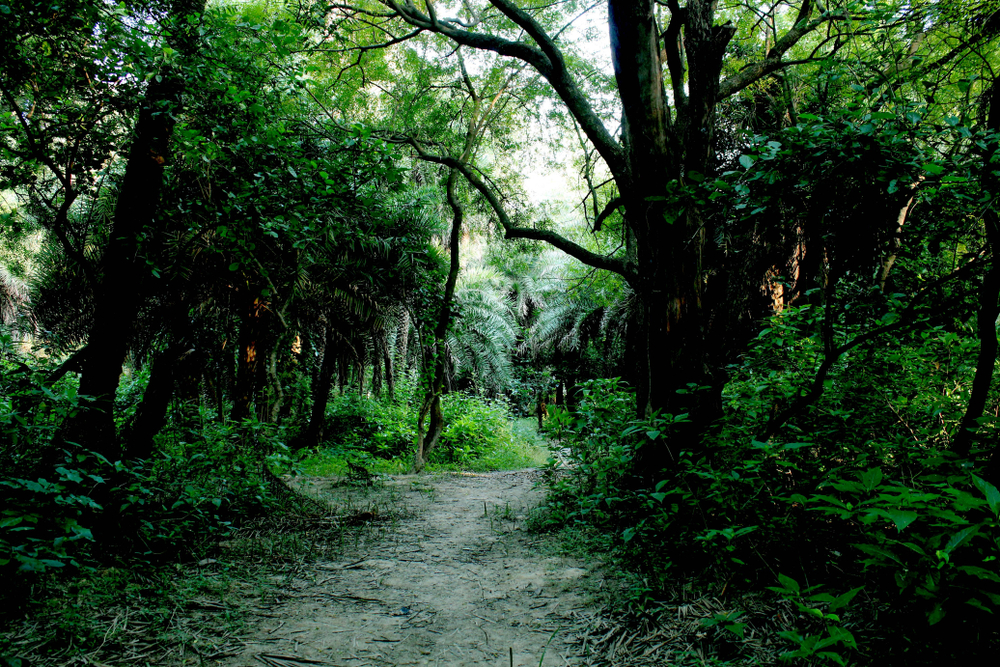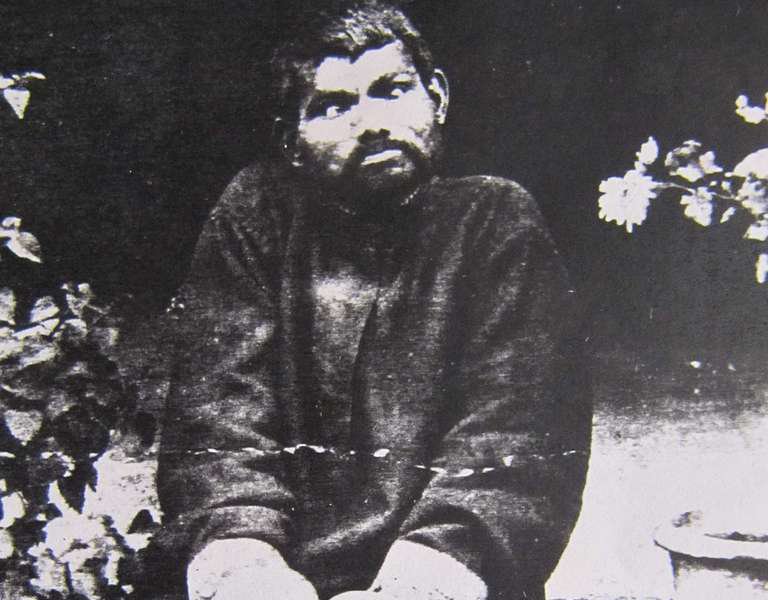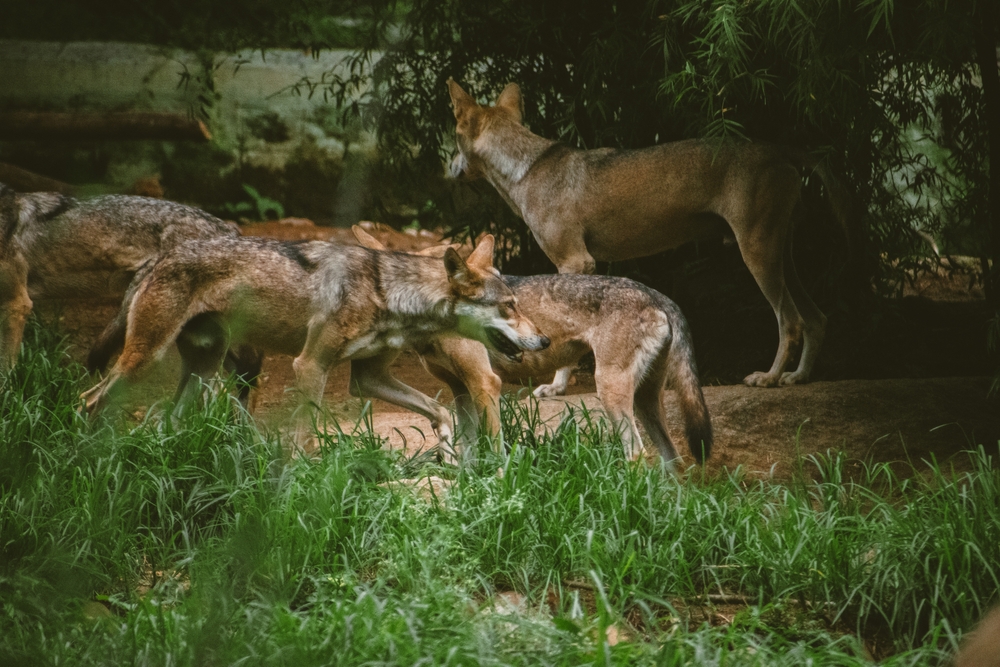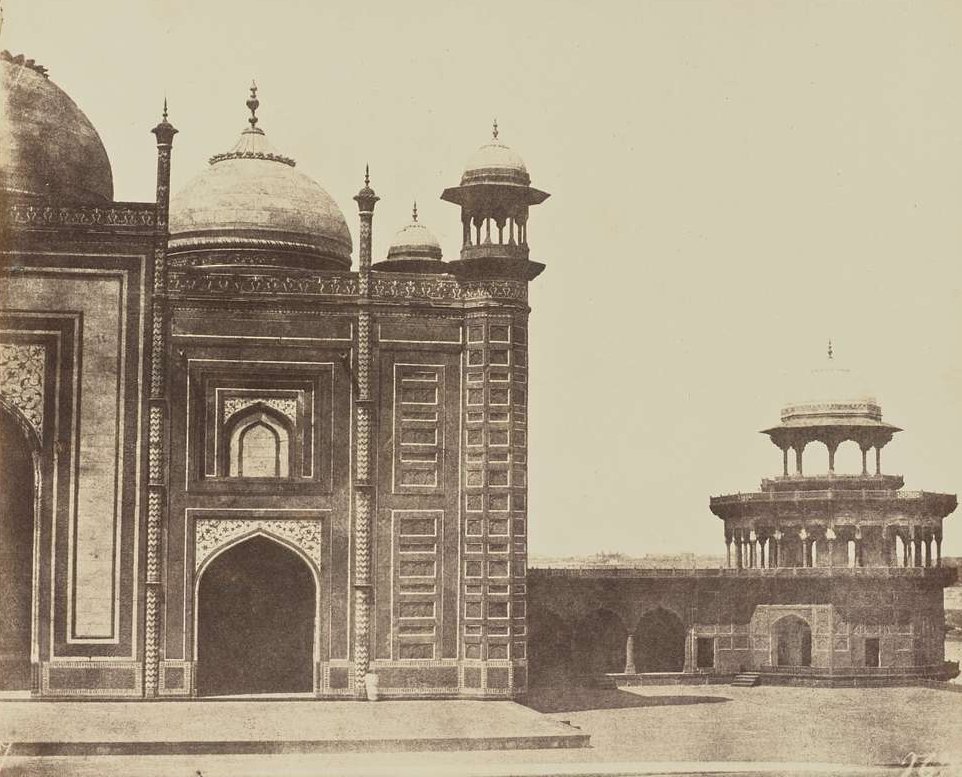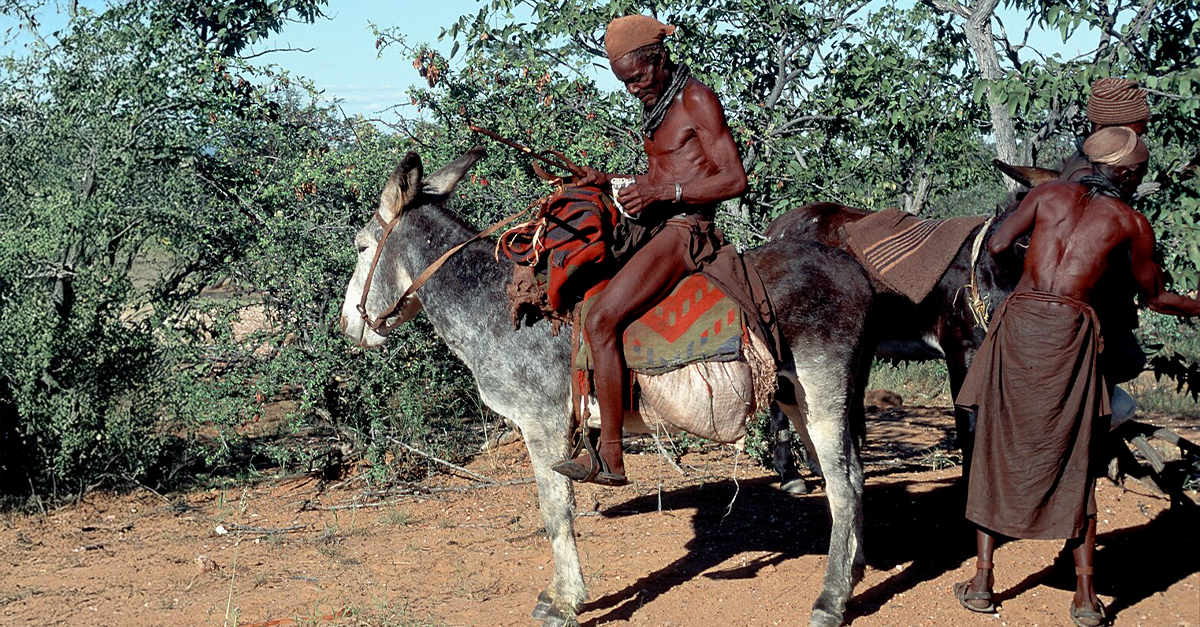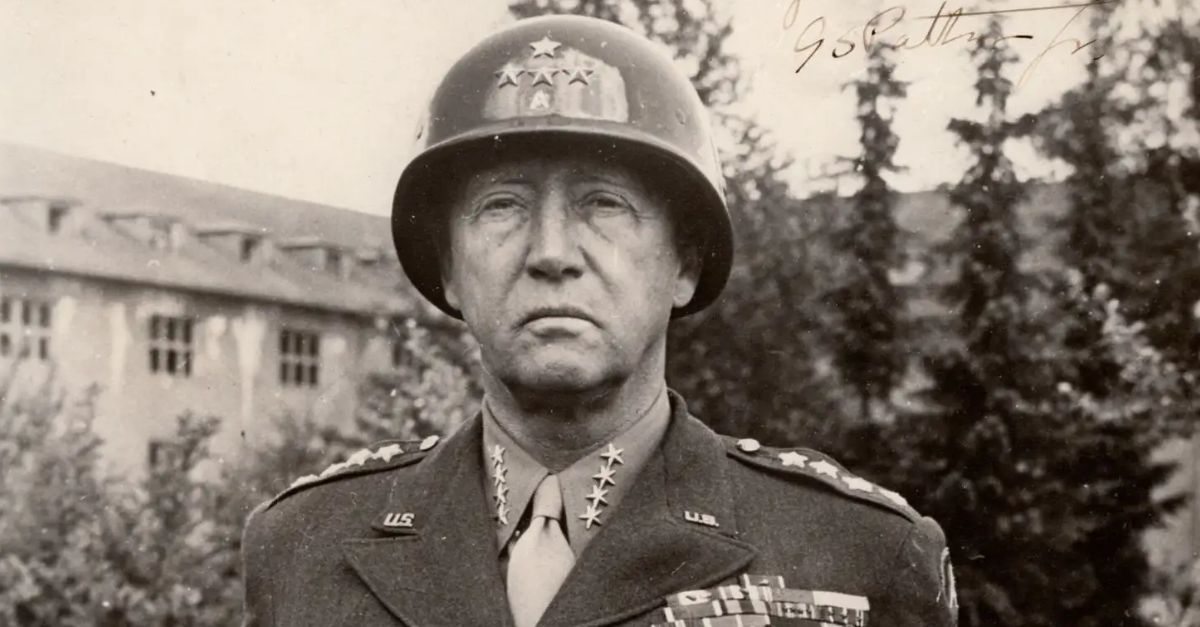"For the strength of the Pack is the Wolf"
The idea of a child being raised by in the wild by animals seems unfathomable—but it has happened in real life. When it comes to stories of feral children, none are quite as fascinating and awe-inspiring as that of the boy who was raised by wolves. This is his story (and as shocking as the details may seem, they are all very much true).

An unexpected discovery
In 1867, hunters found a six-year-old boy living with wolves in the jungles of Uttar Pradesh, India. What they saw was incredibly peculiar—the boy was mimicking the wolves, walking on all fours and making wolf sounds.
The boy who was raised by wolves
The hunters captured him and brought him to the Sikandra Mission Orphanage in Agra, naming him Dina Sanichar. "Sanichar" in Hindi means "Saturday," which was the day he arrived.
So many unanswered questions
As relieved as the hunters were to have brought him back to safety, there were still many unanswered questions: Who was this boy? How did he get there? Why was he living all alone amongst a pack of wolves?
A lack of evidence
Without concrete evidence, the fate of Dina Sanichar's family remains unknown. Despite this, Dina's survival among wolves in the Indian wilderness sheds light on the mysterious bond between humans and animals.
 Anil kumar, CC BY-SA 4.0, Wikimedia Commons
Anil kumar, CC BY-SA 4.0, Wikimedia Commons
Theories about Dina's life in the jungle
Dina Sanichar's early life in the jungle remains unclear, but by examining similar cases and observing his post-rescue actions, we can get some insight into possible scenarios about what might have happened to Dina while he was in the jungle.
Lost, separated, or abandoned
Dina is believed to have been abandoned in the woods as a child due to various possible reasons. A family tragedy, accidental separation, intentional desertion, or orphaned at birth are among some of the most likely scenarios. Let's explore each of these theories one by one.
Theory 1: Tragedy
Dina's family could have faced a tragic event, like being attacked by wild animals or an accident leaving them stranded in the forest. If his family members were unable to help or died, Dina would have had to take care of himself.
Theory 2: Accidental separation
It is possible that Dina may have been unintentionally separated from his family when he was very young. The jungles of India are very thick, and it would be very easy for a child to become separated from their parents if they stray while out on a trip or moving through the region.
 PRASHANTSHIVSINGH, Shutterstock
PRASHANTSHIVSINGH, Shutterstock
Theory 3: Abandonment
In the 19th century, families facing poverty, societal pressure, or other challenges sometimes intentionally abandoned children like Dina if they were unable to care for them. Children born out of wedlock or with disabilities were especially vulnerable in certain societies.
Theory 4: Orphaned at birth
Dina may have lost parents at birth or shortly after, with no close family support. Without social safety nets, an orphaned child like him could be left to fend for himself in the jungle.
The Pack leaves no one behind
After some time alone, he may have encountered a pack of wolves at some point while he was lost. Wolves are known for their strong social structures and protective nature towards their pack. It's rare, but wild animals have been seen caring for human children.
Adoopted by the pack
Wolves, in particular, have shown protective and nurturing behaviors towards non-threatening young animals or human children in rare cases. Dina's ability to survive suggests that the wolves viewed him as part of their pack and supplied him with the necessary care and protection for his well-being.
Learning to survive
The wolves possibly found interest in the child and decided to protect and care for him. Being raised by wolves in the forest, Dina would have had to mimick their behaviors in order to survive.
One with the wolves
Based on his behavior upon being found, it was clear that Dina was was able to adapt to the jungle both physically and behaviorally. He gained both strength and agility, which are crucial for navigating the forest. His also learned how to hunt, avoid predators, and follow the wolf pack's social cues.
 Shiv's fotografia, CC BY-SA 4.0, Wikimedia Commons
Shiv's fotografia, CC BY-SA 4.0, Wikimedia Commons
The only "language" he knew
Dina used growling, howling, and body movements to communicate with wolves during organized hunts. Having no exposure to human language, wolf-like movements was all he ever knew.
He was sustained by a raw diet...
Dina likely survived by eating raw animal meat hunted by the pack. His gut chemistry likely adapated to this diet, and during his time with the pack, he was able to get all the essential nutrients he needed for growth.
 Shiv's fotografia, CC BY-SA 4.0, Wikimedia Commons
Shiv's fotografia, CC BY-SA 4.0, Wikimedia Commons
...and surrounded by fierce protectors
The wolf pack shielded Dina from other predators and the unforgiving conditions of the forest. Wolves reside in dens, providing them with protection and safety. Dina was able to take advantage of the wolves' dens for safety and security.
 Shiv's fotografia, CC BY-SA 4.0, Wikimedia Commons
Shiv's fotografia, CC BY-SA 4.0, Wikimedia Commons
The challenge of fitting in
Dina had to develop a proper understanding of the complex social hierarchy of wolves in order to keep up with them. He was most likely to have been a contributing member rather than the leader of the pack.
A strange, new life at the orphanage
Once Dina was taken to the orphanage, it was immediately clear that his behavior was different from the other kid. Of course, this was expected, since up until that point, living with wolves was all he knew.
Some people had mixed feelings about him
Father Erhardt, the orphanage's leader, believed that Dina displayed intelligence and critical thinking, despite also viewing him as an imbecile. He assigned caregivers to look after Dina and educate him on the human ways.
Lessons on how to be human
He struggled with basic human habits like walking upright, wearing clothes, and eating cooked food. His teeth were reportedly sharpened, just like those of a wolf. His caregivers did their best to ease him gently, but his habits were very hard to break.
 Diego Delso, CC BY-SA 4.0, Wikimedia Commons
Diego Delso, CC BY-SA 4.0, Wikimedia Commons
His inner wolf was dominant
He preferred raw meat and had difficulty using utensils. He also had a difficult time understanding human behavior, often defaulting to aggression towards others as his initiating form of interaction.
He was essentially a mute
Despite special techniques to teach him how to communicate, Dina never completely grasped any language. He showed that he could comprehend basic instructions and some vocabulary, but he never mastered speaking Hindi or English fluently.
 Whistleraja, CC BY-SA 4.0, Wikimedia Commons
Whistleraja, CC BY-SA 4.0, Wikimedia Commons
His health took a toll
Dina's health deteriorated due to the drastic change in environment, impacting him negatively. He faced various health issues, like dental problems from chewing bones. His struggle in adapting to human life worsened his health over time.
 University of Colorado Boulder Libraries, Picryl
University of Colorado Boulder Libraries, Picryl
First baby steps
Dina did make progress in some areas, though. At one point, he started getting the hang of walking upright—though he would often revert to walking on all fours, especially when he was scared or upset.
Mirroring the life around him
With time, he began connecting with other kids in the orphanage and mimicking their actions. By way of imitation, Dina slowly adjusted to human living. But adjustment and assimilation are two very different things.
His first human friend
Despite the caretakers' initial struggles to bond with Dina, the feral child was able to connect with another feral child. They shared similarities and quickly became friends, playing together often.
 University of Colorado Boulder Libraries, Picryl
University of Colorado Boulder Libraries, Picryl
Finding comfort in familiarity
Seeing Dina bond with the other child helped his caregivers come to an interesting revelation: Dina felt more at ease with feral children than with humans. Such was a comfort that remained with him as he grew older.
 kinnla from Berlin, CC BY 2.0, Wikimedia Commons
kinnla from Berlin, CC BY 2.0, Wikimedia Commons
A lost cause
Dina's strong wolf instincts remained despite his progress. It seemed that no matter what his caregivers did, they could not change certain aspects of his being.
 Aleksandr Zykov, CC BY-SA 2.0, Wikimedia Commons
Aleksandr Zykov, CC BY-SA 2.0, Wikimedia Commons
His wolf identity seemed permanent
Certain traits were simply a part of his biology now. For example, living with wolves appeared to enhance Dina's smell and hearing abilities, which set him apart from other kids. No one could those physiological advantages away from him.
 Aleksandr Zykov, CC BY-SA 2.0, Wikimedia Commons
Aleksandr Zykov, CC BY-SA 2.0, Wikimedia Commons
Torn between two worlds
Dina's mental health suffered as he straddled both human and wolf worlds. He never fully integrated into society as he struggled with complex emotions and social norms. Naturally, his wild insticts would often pull him back in whenever he strayed too far from them.
 University of Colorado Boulder Libraries, Picryl
University of Colorado Boulder Libraries, Picryl
Dina's early adulthood
Dina spent most of his life in the orphanage, guided by missionaries to become a young man. But he never became fully independent—he was always relying on caregivers. Eventually, his health declined.
 Getty Museum Collection, Wikimedia Commons
Getty Museum Collection, Wikimedia Commons
A troubled and tortured soul
In the wild, he had strong physicality; but among humans, he faced many psychological issues that affected him deeply. All of Dina's obstacles from his orphanage upbringing followed him into adulthood.
The turning point
Dina picked up smoking from caretakers, possibly to look more human. He became a heavy smoker, and it was this habit that ultimately led him to his end.
A sad ending
Dina eventually died of tuberculosis in 1895. His story sparked interest in feral children, who grow up without human interaction. Despite his passing, Dina's life continued to fascinate and raise questions.
 University of Colorado Boulder Libraries, Picryl
University of Colorado Boulder Libraries, Picryl
Dina's impact on research
Dina's life was a huge interest of study in the fields of human development and psychology. He prompted researchers to study how early experiences shape behavior and the environment's effect on child development.
Could Dina Sanichar be the inspiration behind Mowgli?
Dina may have also influenced Rudyard Kipling's The Jungle Book. Although there is no proof linking Kipling's creation of Mowgli to Dina, there are many resemblances in their stories.
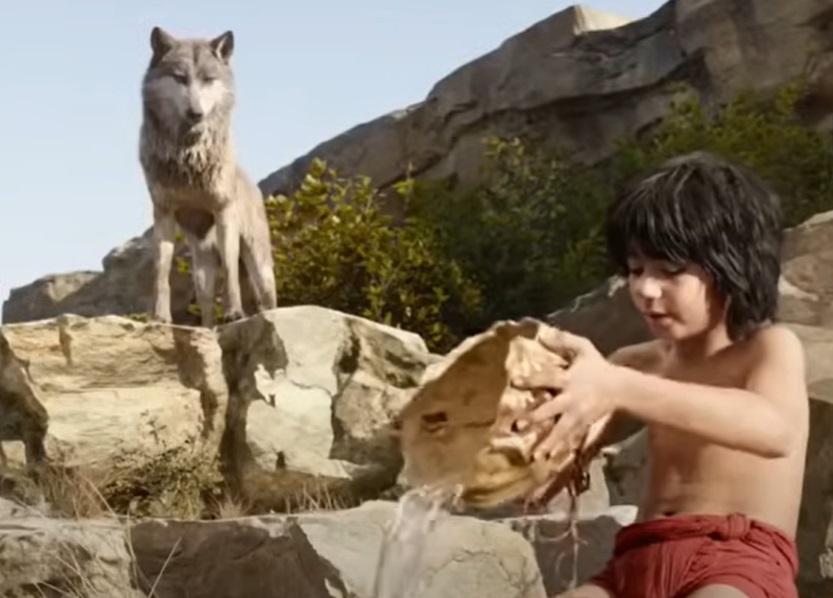 Walt Disney, The Jungle Book (2016)
Walt Disney, The Jungle Book (2016)
Inspired by India
During his childhood and as a young journalist, Kipling lived in India for many years. His writing was definitely impacted by the experiences and stories he came across while in India.
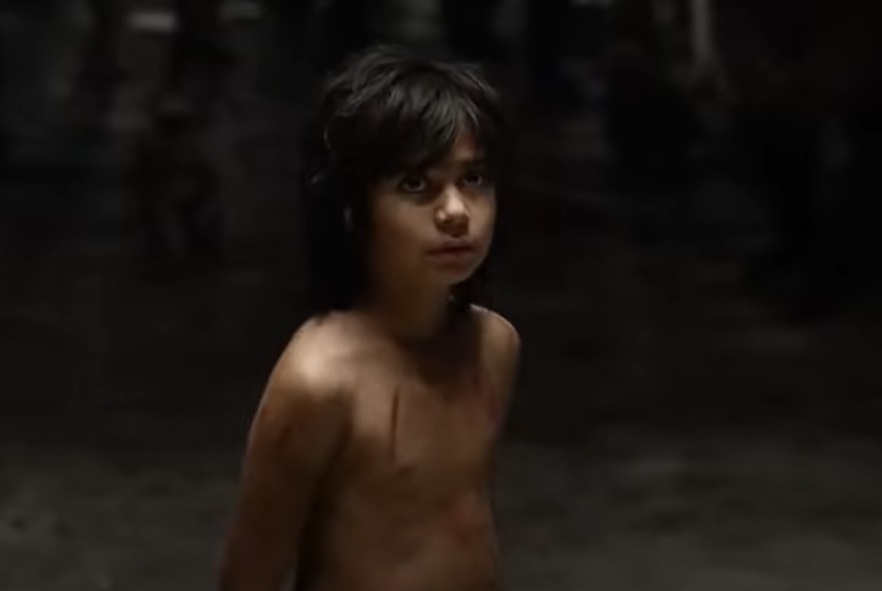 Walt Disney, The Jungle Book (2016)
Walt Disney, The Jungle Book (2016)
The gist of The Jungle Book
In Kipling's 1894 book, we are introduced to Mowgli, a boy raised by wolves. He interacts with various animals like Baloo the bear, Bagheera the panther, and Shere Khan the tiger in the Indian jungle.
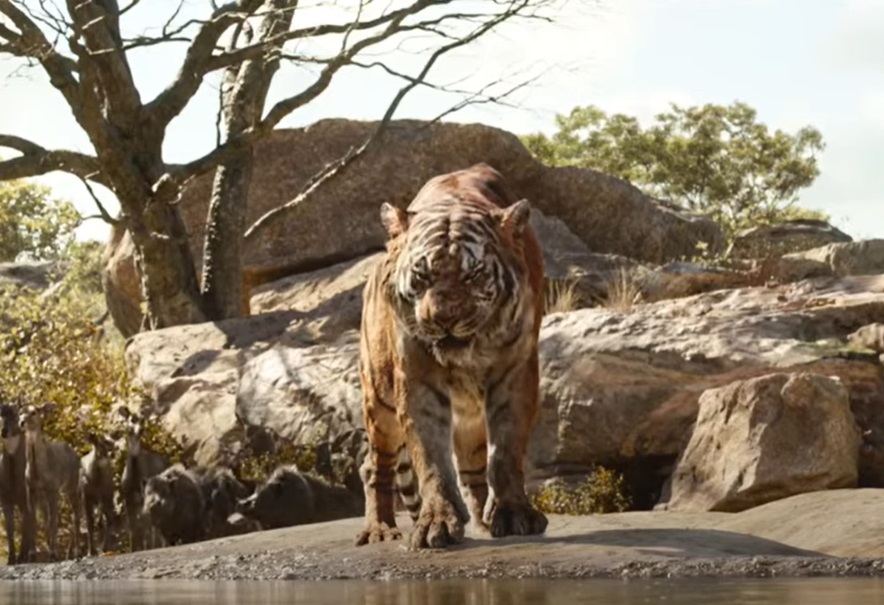 Walt Disney, The Jungle Book (2016)
Walt Disney, The Jungle Book (2016)
The significance of Mowgli's adventures
The stories of Mowgli's adventures explore themes of nature versus nurture, community importance, and identity search.. Kipling blends fantasy and reality in his work by weaving Indian wildlife and folklore. Mowgli symbolizes a wild child navigating two worlds.
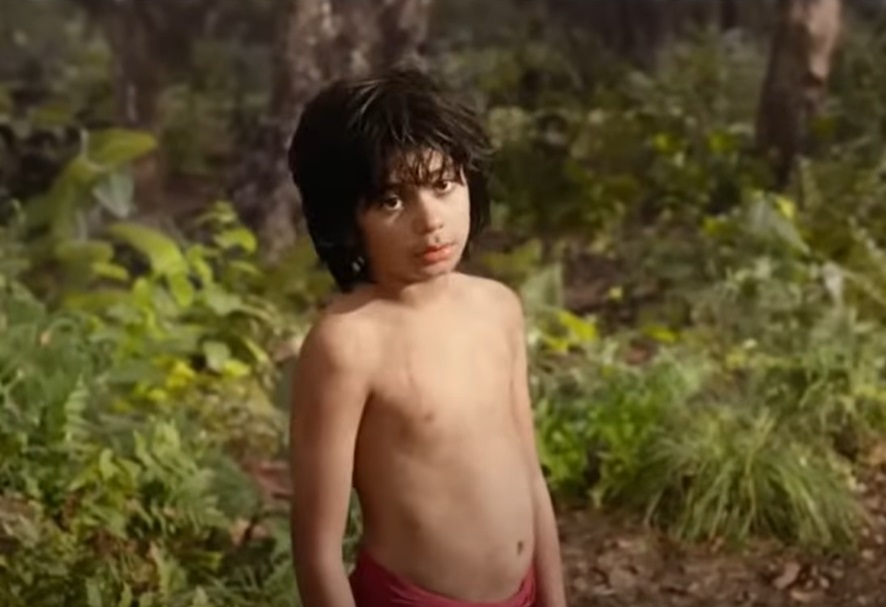 Walt Disney, The Jungle Book (2016)
Walt Disney, The Jungle Book (2016)
Art imitates life: the parallels between Dina and Mowgli
Both Dina and Mowgli were human children who were separated from society and brought up by wolves. The main focus of a feral child having to adjust to a new environment is evident in both stories.
 Walt Disney, The Jungle Book (2016)
Walt Disney, The Jungle Book (2016)
They experienced the same challenges
Dina's challenge in adapting to human society mirrors Mowgli's efforts to navigate between the jungle and the human settlement. Dina displayed several actions linked to his wolf upbringing, like moving on all fours and showing a preference for raw meat.
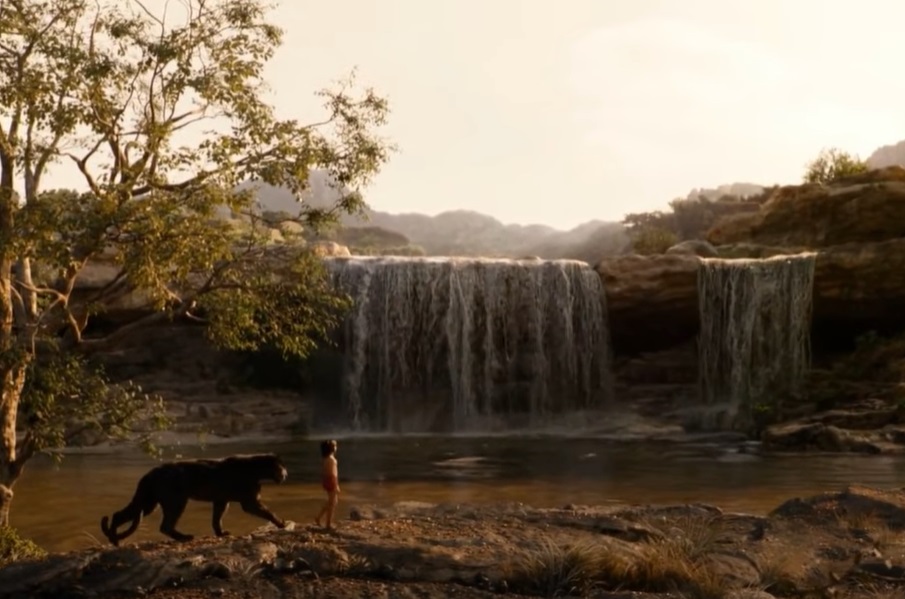 Walt Disney, The Jungle Book (2016)
Walt Disney, The Jungle Book (2016)
Mowgli is also one with the jungle
In the same way, Mowgli is portrayed as having qualities resembling those of a wolf, being able to talk to animals and having strong survival instincts developed in the jungle.
 Walt Disney, The Jungle Book (2016)
Walt Disney, The Jungle Book (2016)
Kipling's biggest inspiration
Kipling's tales are filled with the cultural and environmental aspects of India, a country he was familiar with. The story of a boy brought up by wolves could have easily fit into the folklore and spoken tales of the area.
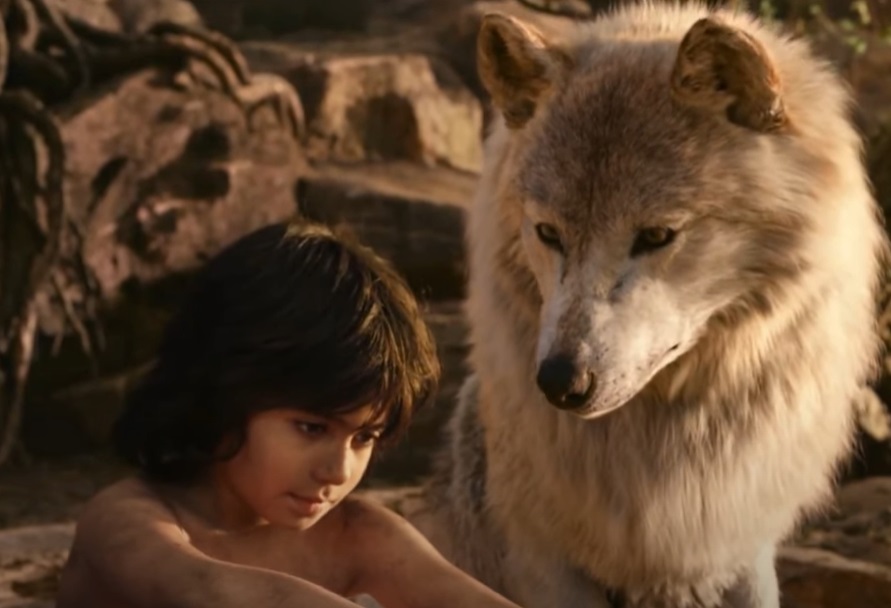 Walt Disney, The Jungle Book (2016)
Walt Disney, The Jungle Book (2016)
He has a strong writing background
Kipling was actually born in Bombay (now Mumbai). He lived there for six years before moving to England for school. As a young adult, he returned to India as a journalist.
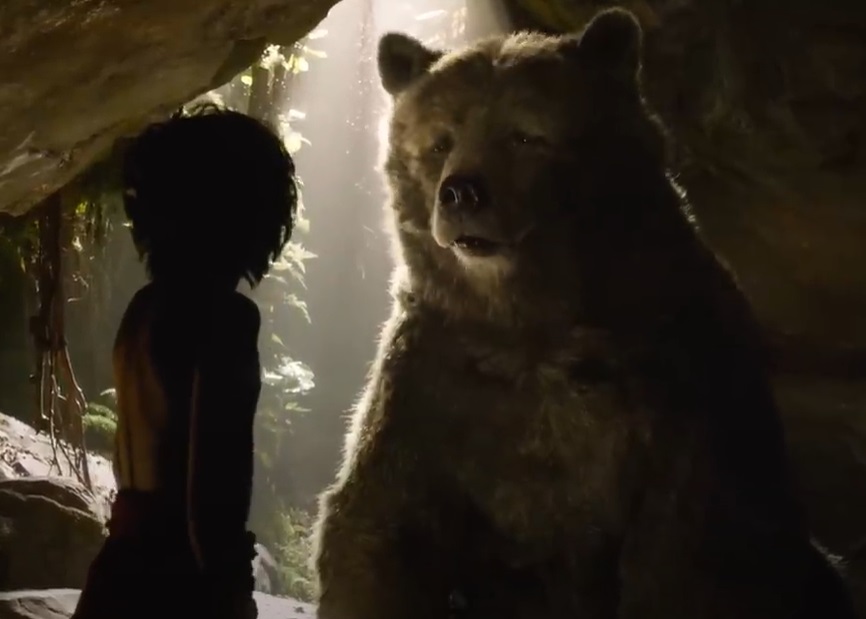 Walt Disney, The Jungle Book (2016)
Walt Disney, The Jungle Book (2016)
How Kipling might have gotten the idea
During his time in India, Kipling heard stories about wild children like Dina Sanichar. These tales were part of the colonial narrative, often documented in newspapers and journals.
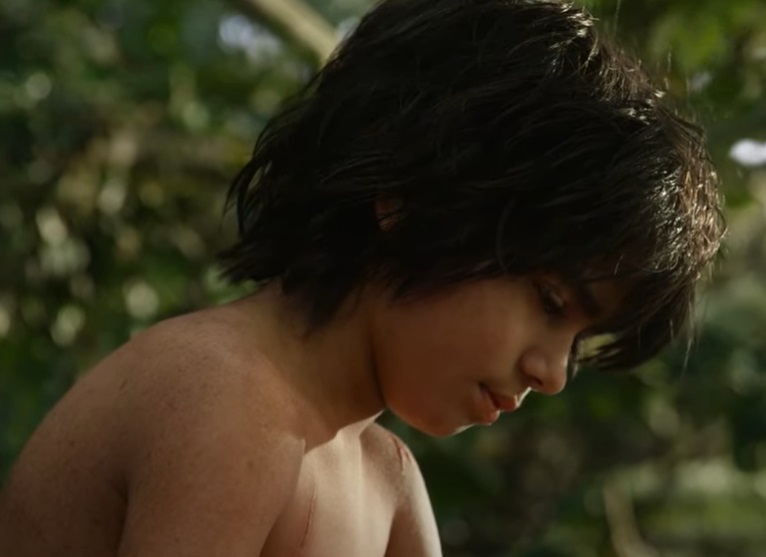 Walt Disney, The Jungle Book (2016)
Walt Disney, The Jungle Book (2016)
A tale that lives on
The concept of a child raised by animals intrigued and inspired Kipling. Dina's life story, in particular, adds authenticity to the feral child legend, enriching our understanding of both fictional and historical narratives.
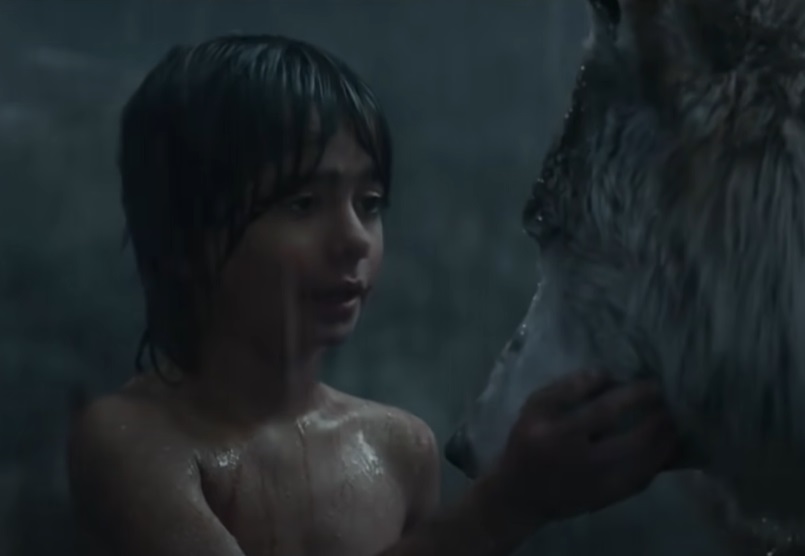 Walt Disney, The Jungle Book (2016)
Walt Disney, The Jungle Book (2016)
There are more like Dina out there
Other children have been found living in the wild like Dina Sanichar, including the Ukranian dog girl, the Uganadan monkey boy, the She-wolf sisters, and Victor, the "Wild Boy of Aveyron." These cases provide insight into the nature versus nurture debate.
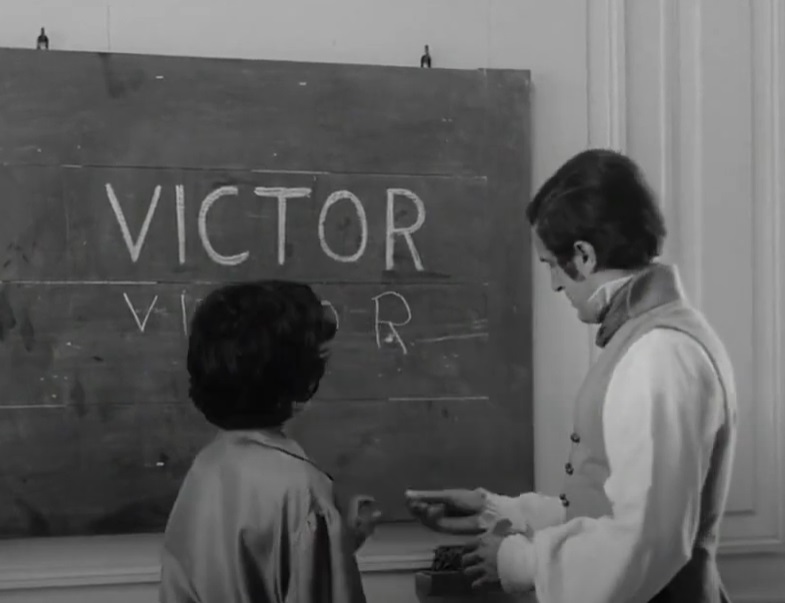 United Artists, The Wild Child (1970)
United Artists, The Wild Child (1970)
Dina Sanichar vs. Victor of Aveyron
Dina Sanichar was compared to other feral children like Victor of Aveyron, and this helped researchers identify similarities and differences in children raised without human contact.
 United Artists, The Wild Child (1970)
United Artists, The Wild Child (1970)
Both boys could not speak human language
Dina Sanichar and Victor of Aveyron both struggled with learning language, with Dina unable to verbally communicate despite understanding basic directions and Victor only learning a limited vocabulary despite extensive efforts.
 United Artists, The Wild Child (1970)
United Artists, The Wild Child (1970)
They could not shake their animalistic natures
Both Dina and Victor exhibited animal-like behaviors mirrored from their living environment. Dina walked on all fours, cried loudly, and ate uncooked meat, while Victor displayed traits like heightened sense of smell and raw food preference.
 United Artists, The Wild Child (1970)
United Artists, The Wild Child (1970)
Their cognitive development was comparatively slow
Dina and Victor both faced cognitive development delays, showing difficulties learning and problem-solving. These are possibly due to insufficient stimulation and interaction in crucial developmental periods.
 United Artists, The Wild Child (1970)
United Artists, The Wild Child (1970)
The big difference
Despite their many similarities, there is one difference between their stories that must be taken into account. Dina was genuinely raised by wolves, while Victor was found alone, and his upbringing by animals is uncertain.
 United Artists, The Wild Child (1970)
United Artists, The Wild Child (1970)
There is also a cultural gap between their experiences
Additionally, both boys lived through different historical conditions. Dina's story occurred in colonial India under British rule, when Victorian beliefs of civilizing savages were commonplace. Meanwhile, Victor's tale unfolded in Enlightenment-era France, which was a time of exploration in terms of human nature, education, and redemption. Essentially, different cultures influenced how they were treated.
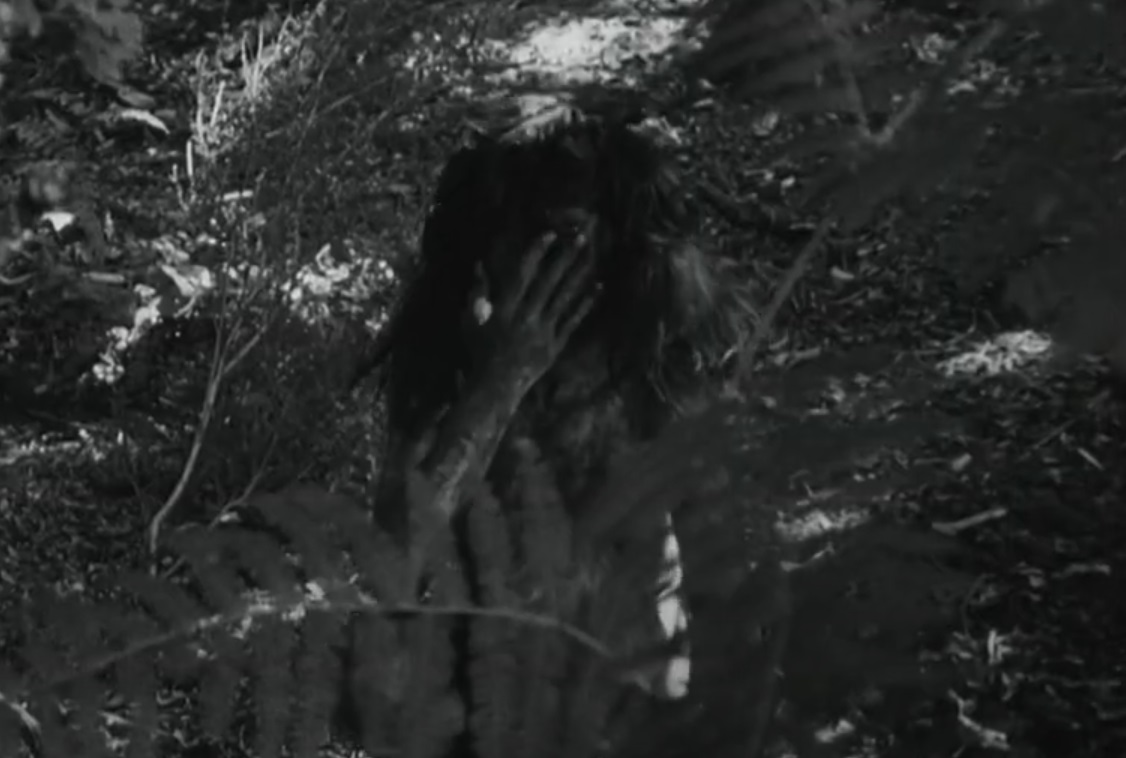 United Artists, The Wild Child (1970)
United Artists, The Wild Child (1970)
Studies on feral children back then
In the late 19th century, scientific methodology was basic, relying on personal stories and lacking organized research. Understanding of human development was limited, with speculative theories influenced by cultural biases. Feral children were taught societal behavior rather than examining their psychological and developmental issues.
 United Artists, The Wild Child (1970)
United Artists, The Wild Child (1970)
Studies on feral children now
Research today is very different. Researchers use rigorous scientific methods like longitudinal studies, controlled experiments, and brain imaging. Standardized evaluation tools are now employed by researchers to measure cognitive, social, and emotional development based on factual real-world data.
Technology is moving scientists forward
In the 19th century, limited technology hindered research on brain development and psychological evaluations, relying on subjective written observations. Now, advanced tools like MRI and PET scans provide detailed insights into feral children's brain structure and function. Standardized evaluations offer reliable information on cognitive and emotional growth, with digital records and data analysis tools enhancing documentation and analysis precision.
A story for the ages
Dina Sanichar's legacy influences current research on human development, emphasizing the significance of early experiences in shaping cognitive, social, and emotional development. His life reflects the complexity of human nature and the impact of environment on individuals facing extraordinary circumstances.
 Walt Disney, The Jungle Book (2016)
Walt Disney, The Jungle Book (2016)

